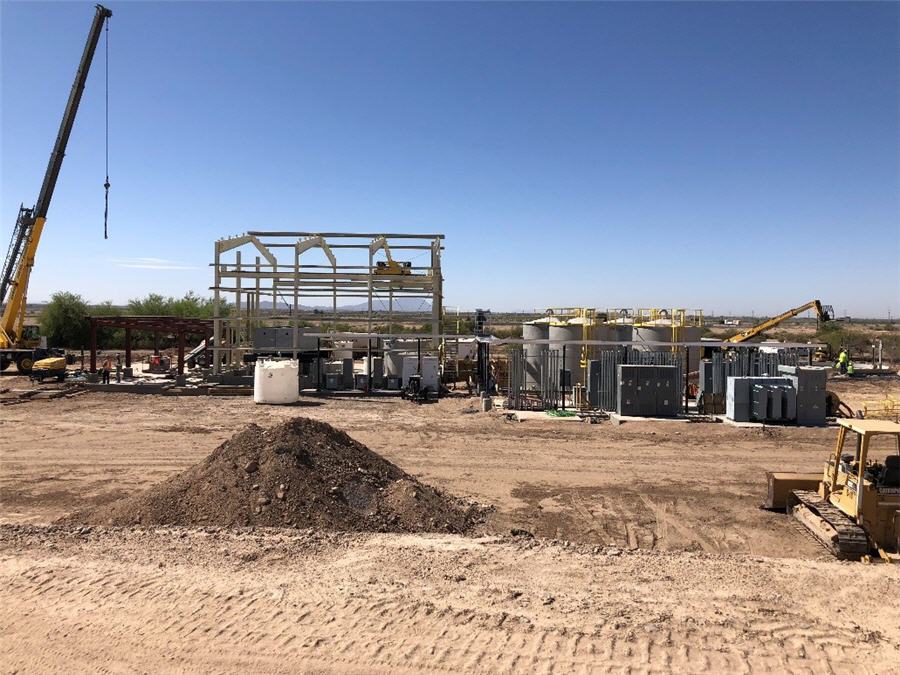
Taseko Mines’ Florence copper project in Arizona received strong support at a public hearing held by the Arizona Department of Environmental Quality (ADEQ), which is part of the process required to obtain an Aquifer Protection permit (APP), the company has announced.
According to Russell Hallbauer, Taseko’s CEO and director, “30 interested parties spoke at the hearing, communicating great support for the company and the project, with only one individual not in favour. The ADEQ heard loud and clear that the community wants this project to advance to commercial production.”
Hallbauer added that Taseko has worked to inform the community about the safeguards in place at Florence and about the environmental benefits of the in-situ copper extraction process, done using a water-based solution, proposed for the project.
Taseko is also working towards an Underground Injection Control permit for Florence from the Environmental Protection Agency
“The extensive data collected from 18 months of operating the test facility is proof that the process works, both from a technical perspective as well as environmentally.”
The ADEQ will continue to take written submissions for three weeks, until Oct. 12, before a final permit is written and issued.
Taseko envisions a two-phase development for the wholly owned Florence copper project, located midway between Tucson and Phoenix. The first production test facility, with 24 wells and a solvent extraction and electrowinning plant, has been operating since December 2018, to generate copper cathode. A commercial-scale facility would follow, with the permitting process aimed at transitioning the project into the second phase – this would include an expanded wellfield and plant.
According to a third-party technical report from 2019, the Florence copper commercial facility would produce an average of 85 million lb. of copper annually at a cost of $1.13 per lb. over a 20-year life.
In addition to the Aquifer Protection permit, Taseko is working towards an Underground Injection Control permit for Florence from the Environmental Protection Agency. The company expects to have the final permits in hand by early 2021.
(This article first appeared in the Canadian Mining Journal)